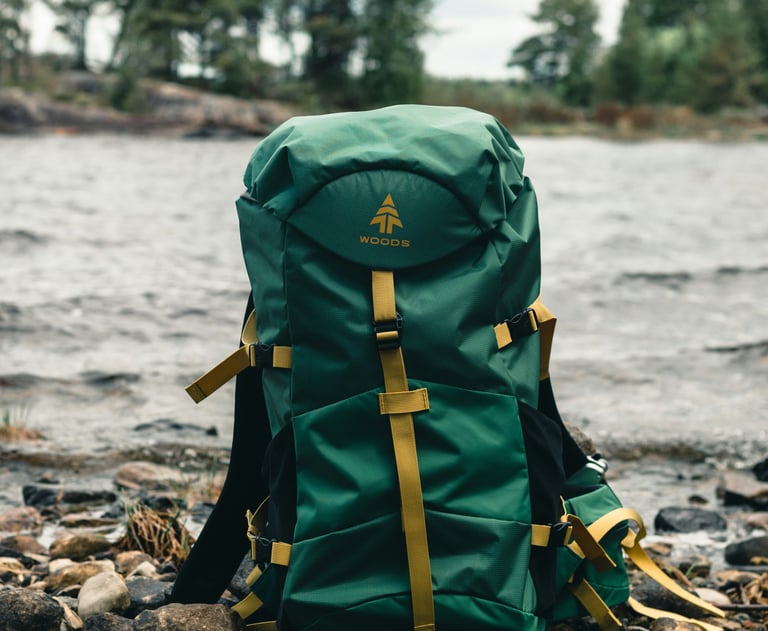How to Pick the Right Backpack for Backcountry Camping
BACKCOUNTRY


Let’s be real: choosing a backpack for backcountry camping can feel overwhelming. So many sizes, straps, and pockets—and you’re supposed to know what “torso length” means? Don’t worry. Here’s a no-nonsense guide to help you find your perfect pack without needing a PhD in gear.
1. Think About the Size (aka “How Much Junk Are You Bringing?”) Backpacks are sized in liters, which is a fancy way of saying how much stuff you can cram inside. For most weekend to 5-day trips, something in the 50–70 liter range is the sweet spot. Going longer or carrying bulky gear (think winter trips)? You might want something 70L+. Pro tip: Bigger isn’t always better—you’ll just end up bringing stuff you don’t need.
2. Make Sure It Actually Fits You This is the most important part. A backpack that doesn’t fit will make you miserable. Your pack should hug your hips and sit snug on your shoulders. Most of the weight should land on your hips—not your back or shoulders. Head to a gear shop and have them measure your torso. Yeah, it feels weird, but your spine will thank you later.
3. Choose a Good Frame (Internal is the Way to Go) Unless you’re hauling moose meat or something weird, stick with an internal frame backpack. It hugs close to your body and moves with you—perfect for scrambling over logs, rocks, and whatever else the trail throws your way.
4. Pockets, Zippers, and All That Good Stuff Some people love minimalist packs. Others want every little thing to have a home. Ask yourself: do you like everything in one big compartment, or do you need side pockets, sleeping bag compartments, water bottle holsters, snack stashes, etc.? Also: easy access is key. Nobody wants to dig through their entire pack just to find sunscreen.
5. Weight vs. Durability (Find Your Balance) Ultralight packs are great if you’re into minimalist hiking. But if you're rough on your gear or hiking off-trail, you might need something a bit sturdier. Lightweight packs often use thinner materials that won’t hold up to abuse.
Try before you buy. Load it up, walk around, see how it feels. A good pack should feel like part of your body—not like a squirmy toddler hanging off your back.
That’s it! Keep it simple, stay comfortable, and pick a pack that fits your style. The backcountry isn’t a fashion show—it’s about having an awesome time with everything you need on your back.
